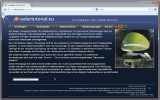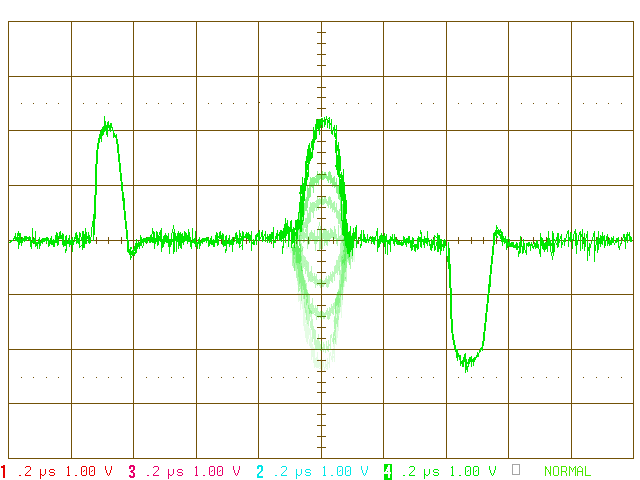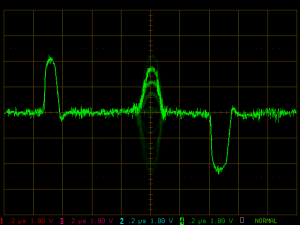Chapter Radar Signal Processing

Figure 1: Preview of internet representation

Figure 2: Oscillogram of an outputsignal of a phase-detector
Chapter Radar Signal Processing
In the analog era, the signal processing technology had severe limitations. These limitations were offset by the ability of the human operators to separate signals from clutter on an analog display. With the advent of synthetic displays, interference has to be removed by the signal and data processing systems before presentation to the operator. Fortunately, advanced digital processing capable of executing complex algorithms together with improved clutter models, results in much improved radar performance.
An important function in almost all radar sets is the primary radar plot extraction and processing of the radar data. In this section the Signal Processing an Plot Extraction is explained and some technical realizations of the application are shown.
The logical functions of the radar signal processing may be associated with different hardware implementations. Thus the hit processing is sometimes associated with the signal processing hardware and the primary radar plot processor may be integrated with the primary/secondary plot combiner. In this chapter I would like to describe the assemblies, however, as in detail as possible.
Learning Objectives
The learning objectives is a preview of the information you are expected to learn in this chapter. The objectives of this chapter are to provide an understanding of the theory and practice of radar signal processing systems. At the end of this chapter, the student should:
- know the difference between the terms radar signal processing and radar data processing;
- obtain an overview of the modules used;
- know to which point in the chain of radar data processing there is a real-time processing, and
- know the necessary ingredients of plot, report and track.

